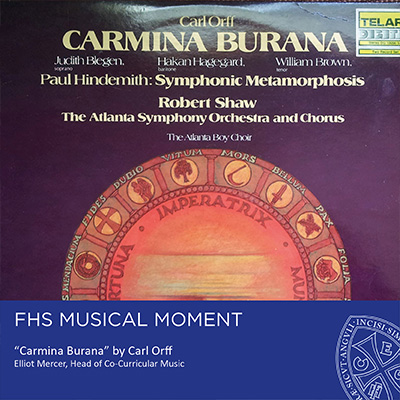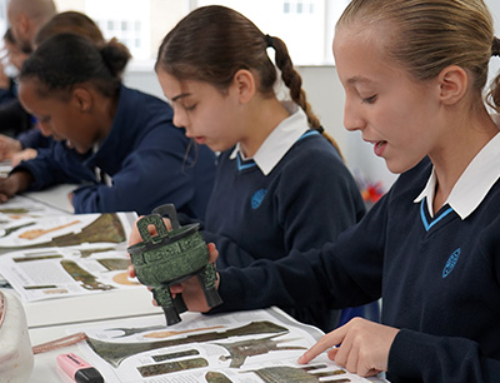“Carmina Burana,” is a masterwork written for full orchestra, symphony choir and youth choir, by Carl Orff in the mid-1930s. is a compelling cantata based on medieval poems. It was premiered in 1937 on 8th June, an anniversary worth celebrating now, especially as it is also a few days before what would have been Orff’s birthday, 10th July.
The iconic beginning is a highlight; the sheer power of ‘O Fortuna’ grabs you immediately with its dramatic entry, booming instrumentation and sudden contrast of mood, capturing the erratic nature of fate. This first movement (the music of which also ends the whole work) is definitely a ‘must-listen’, but there are many moments in the hour-long musical journey that are worth listening to.
The whole piece is driven by a strong rhythmic pulse, underscored by vibrant percussion that makes the music feel almost physical.
Throughout, there’s a dynamic interaction between the chorus and soloists, creating a rich, layered experience. Orff’s use of medieval modes and melodies gives the work an ancient, yet fresh quality. Orff sets the Latin, Old German, and Provençal texts to music in a way that really brings out their emotional core, from the joyous celebration of spring to the indulgent revelry of humans, and the tender expressions of love.
The orchestration is inventive and striking, with percussion playing a key role in heightening the rhythmic intensity. “Carmina Burana” is renowned for its energy and power, making it a thrilling listening experience. Enjoy!
Elliot Mercer, Head of Co-Curricular Music














